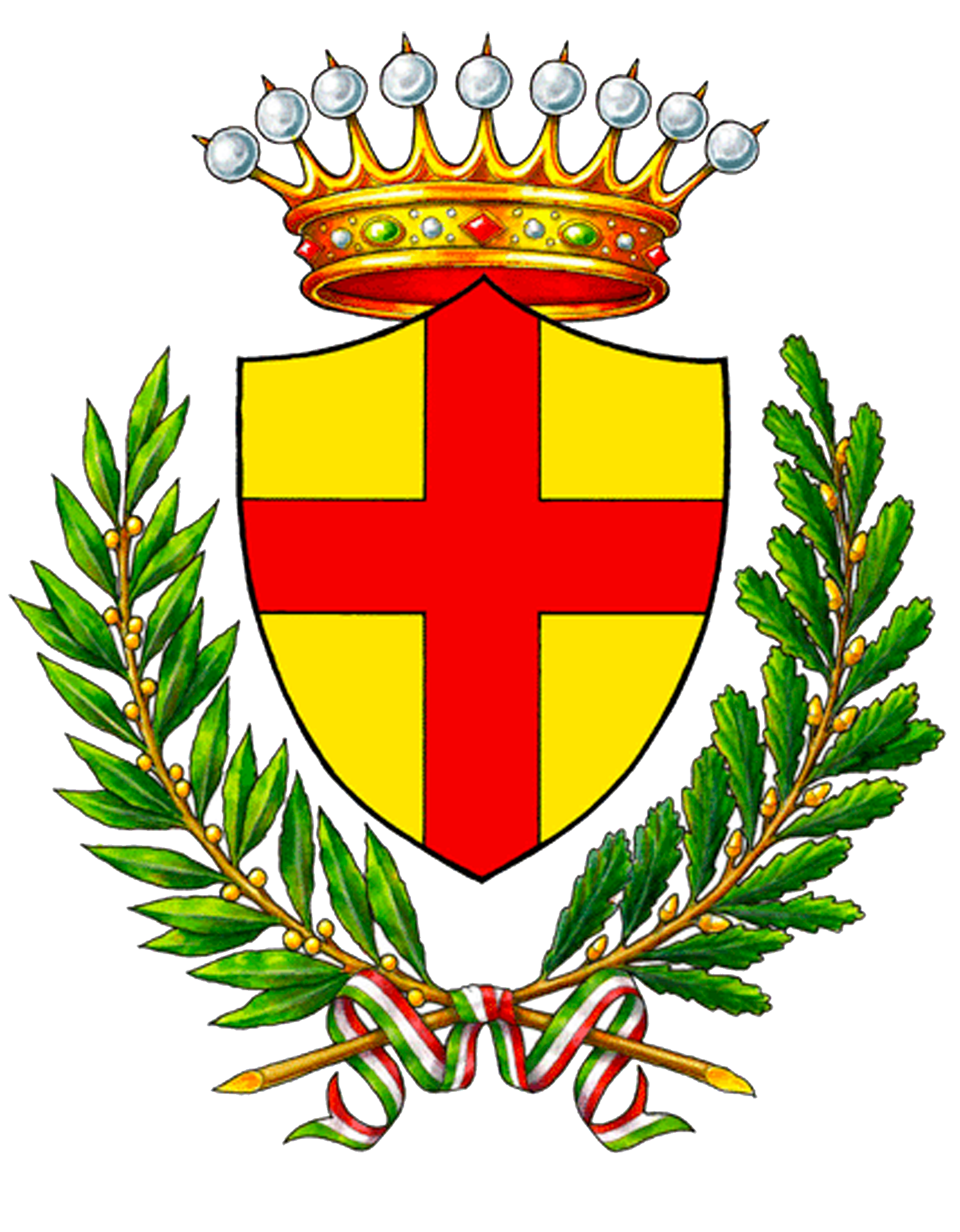Palazzo Oddo
Indirizzo: Via Roma
Informazioni:
Palazzo Oddo
Nome moderno del palazzo che ha ospitato per secoli il Collegio Oddi. Nel 1623 Gio Maria Oddi, dottore in legge, morendo lascia il palazzo di sua proprietà e una cospicua parte dei suoi beni per l’istituzione di un collegio e di una scuola superiore. Il palazzo è sorto, come la maggior parte dei palazzi di Albenga, da un primo edificio al quale sono stati assemblati nel corso di due secoli altri fabbricati vicini, sino ad occupare un intero isolato. Nel 1842 è stato trasformato in un corpo unico.
Nel 1637 viene edificata e collegata al Collegio, tramite un arco, la chiesa di San Carlo.
Il Collegio Oddi sopravvive sino al 1955, quando viene definitivamente chiuso. L’edificio rimane in abbandono per oltre venti anni. Il Comune lo acquista nel 1979 per trasformarlo in un centro culturale. I lavori di ristrutturazione si protraggono, per l’accavallarsi di controversie burocratiche, per ben 25 anni. Nel 2006 la chiesa di San Carlo, sconsacrata, viene attrezzata come auditorium per conferenze e concerti. È attualmente in corso la realizzazione di un centro culturale nel Palazzo Oddo.
Palazzo Oddo
The Oddo Palace is the modern name of the palace that housed for centuries the “Collegio Oddi”. In 1623 Gio Maria Oddi, doctor in law, died and left the palace and his wealth for the institution of a college and a high school. The palace, like the majority of the buildings in Albenga, arose on the site of another building. Other nearby buildings were joined in the course of two centuries, to occupy an entire block of houses. In 1842 it was transformed into one . In 1637, the church of San Carlo was built and connected to the college by an arch.
The building remained abandoned for more than 20 years. The council bought it in 1979 to transform it into a cultural centre. The work of rebuilding, because of the interference of bureaucratic controversy, extended over 25 years. In 2006, the church of San Carlo, deconsecrated, was equipped as an auditorium for conferences and concerts. Work on the cultural centre of the “Palazzo Oddo” is still in progress.
Palazzo Oddo (Palacio “Oddo”)
Este es el nombre moderno del edificio que alojó durante siglos el Internado Oddi. Gio Maria Oddi, bachiller en leyes, murió en 1623 dejando el palacio y una parte sustancial de sus bienes para que se crearan un internado y un instituto de enseñanza superior.
Como ocurrió con la mayoría de los palacios de Albenga, en origen existía un edificio al que se fueron englobando durante dos siglos otras construcciones hasta ocupar una manzana entera. Luego, en 1842, el aglomerado se convirtió en un cuerpo único.
En 1637 se construyó la iglesia de San Carlos, conectada al Internado a través de un arco. El Internado Oddi continuó su actividad hasta 1955 cuando fue cerrado definitivamente. El edificio permaneció abandonado por más de veinte años, hasta que en 1979 el ayuntamiento lo compró para transformarlo en un centro cultural. Las obras de renovación, sin embargo, se prolongaron durante 25 años debido a controversias burocráticas. En 2006 la iglesia de San Carlos fue desacralizada y equipada para ser convertida en un auditorium donde realizar conferencias y conciertos. El centro cultural de Palazzo Oddo, en cambio, no ha sido todavía terminado.
Palais Oddo
C’est le nom moderne du bâtiment qui a accueilli pendant des siècles le Collège Oddo. En 1623, Gio Maria Oddi, docteur en droit, en mourant destina le palais qui lui appartenait et beaucoup de ses biens à la création d’un collège et d’un lycée. Le palais est né, comme la plupart des édifices d’Albenga, d’un premier bâtiment auquel, au cours des deux siècles, ont été intégrés des autres voisins, jusqu’à occuper un entier pâté de maisons. En 1842, il a été transformé en un seul regroupement. En 1637, l’Eglise S. Carlo est bâtie et reliée au Collège grâce à un arc. Le Collège Oddi survit jusqu’en 1955, année où il fut définitivement fermé. L’édifice reste abandonné pendant plus de vingt ans. La Mairie l’achète en 1979 pour en faire un centre culturel. Les travaux de renovation se prolongent pour l’amoncellement de différends bureaucratiques durés 25 ans. En 2006, l’église de S. Carlo, désaffectée, est utilisée comme auditorium pour des conférences et des concerts. La construction du centre culturel dan le Palais Oddo est toujours en cours.

